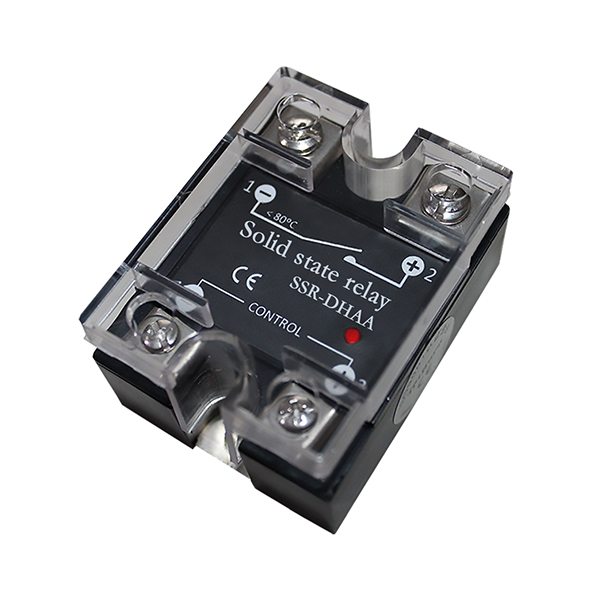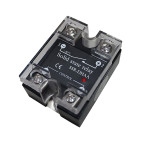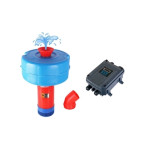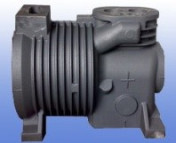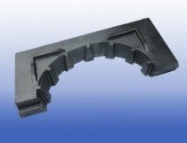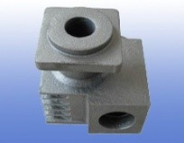When engineers talk about switching AC loads, the conversation quickly turns to reliability and noise reduction. A single phase AC-AC SSR is built for exactly that. Unlike mechanical relays that depend on moving contacts, a solid state relay uses semiconductor components to switch AC power silently and with much greater endurance. That means no arcing, no mechanical wear, and no sudden failures that take down production in the middle of a shift.
Users often face the same frustrations: contact relays that overheat, unpredictable downtime, or equipment that fails during high duty cycles. The unmet need has always been a device that can switch AC loads quickly, cleanly, and repeatedly without constant maintenance. This is where the single phase AC-AC SSR shows its value. By handling the switching electronically, it achieves millions of cycles with consistent performance, making it ideal for heaters, fans, solenoids, and lighting systems that run nonstop.
One of the core advantages is precision. These relays often switch at the zero-crossing point of the AC sine wave, cutting down on electromagnetic interference and protecting other sensitive equipment in the system. Another advantage is their compact design. A single phase AC-AC SSR fits easily into crowded control panels, and its quiet operation makes it well suited for laboratories, semiconductor lines, and medical devices where noise is not acceptable.

On the technical side, most models feature input control voltages in the 3–32V DC range with output switching capability of 24–480V AC. Load current ratings commonly range from 10A to well over 100A, depending on the application. Many designs include built-in LED indicators for quick status checks, isolation between input and output circuits for safety, and protection features like overvoltage suppression. Heat sinks or thermal pads are often paired with these relays to ensure stable operation under continuous loads.
It’s true that a single phase AC-AC SSR may cost more up front than a traditional relay, but the long-term savings become obvious. Fewer replacements, reduced downtime, and greater accuracy all add up to a lower total cost of ownership. In heating control systems, for instance, the fast and precise switching minimizes temperature swings, reducing energy waste and improving product quality. For lighting, the lack of flicker and extended service life makes a noticeable difference.
ATOrelays has observed how single phase AC-AC SSR products are increasingly adopted across manufacturing, HVAC, packaging, and process automation. Users appreciate not only the durability but also the peace of mind that comes from using a relay designed to last. For anyone seeking to upgrade their switching solution, single phase AC-AC SSR technology is a step toward stability, efficiency, and modern control.
